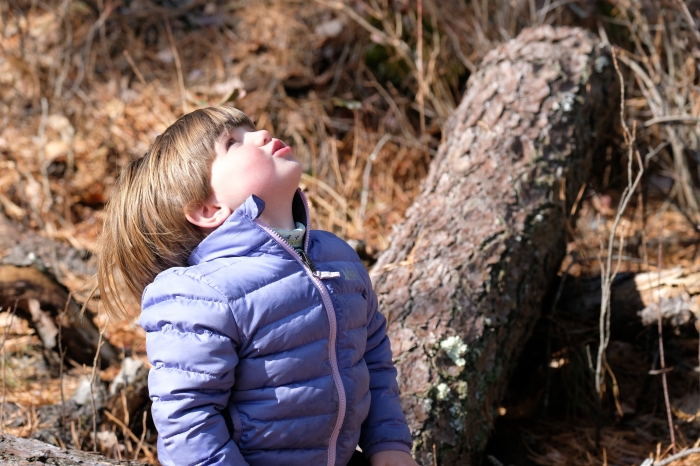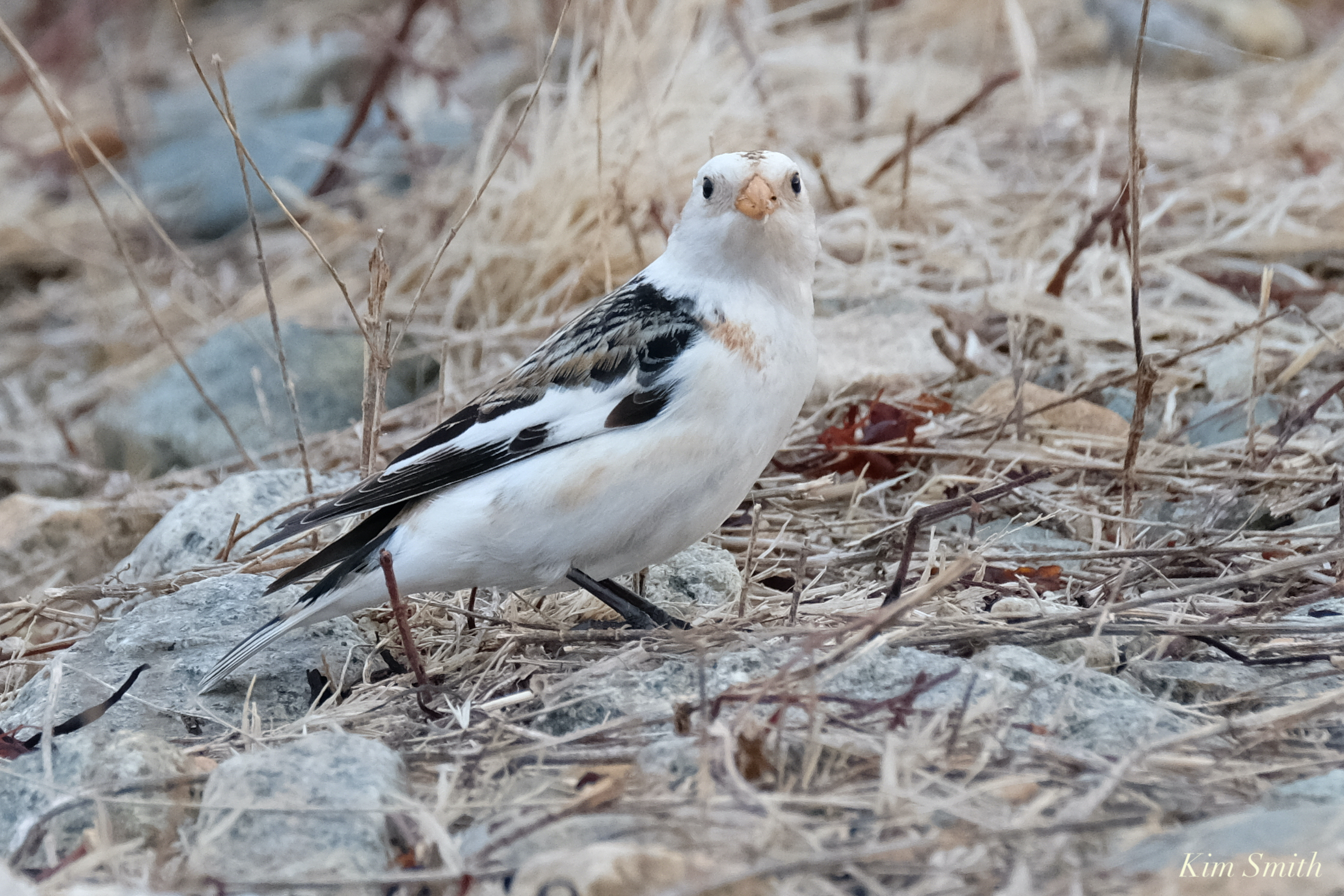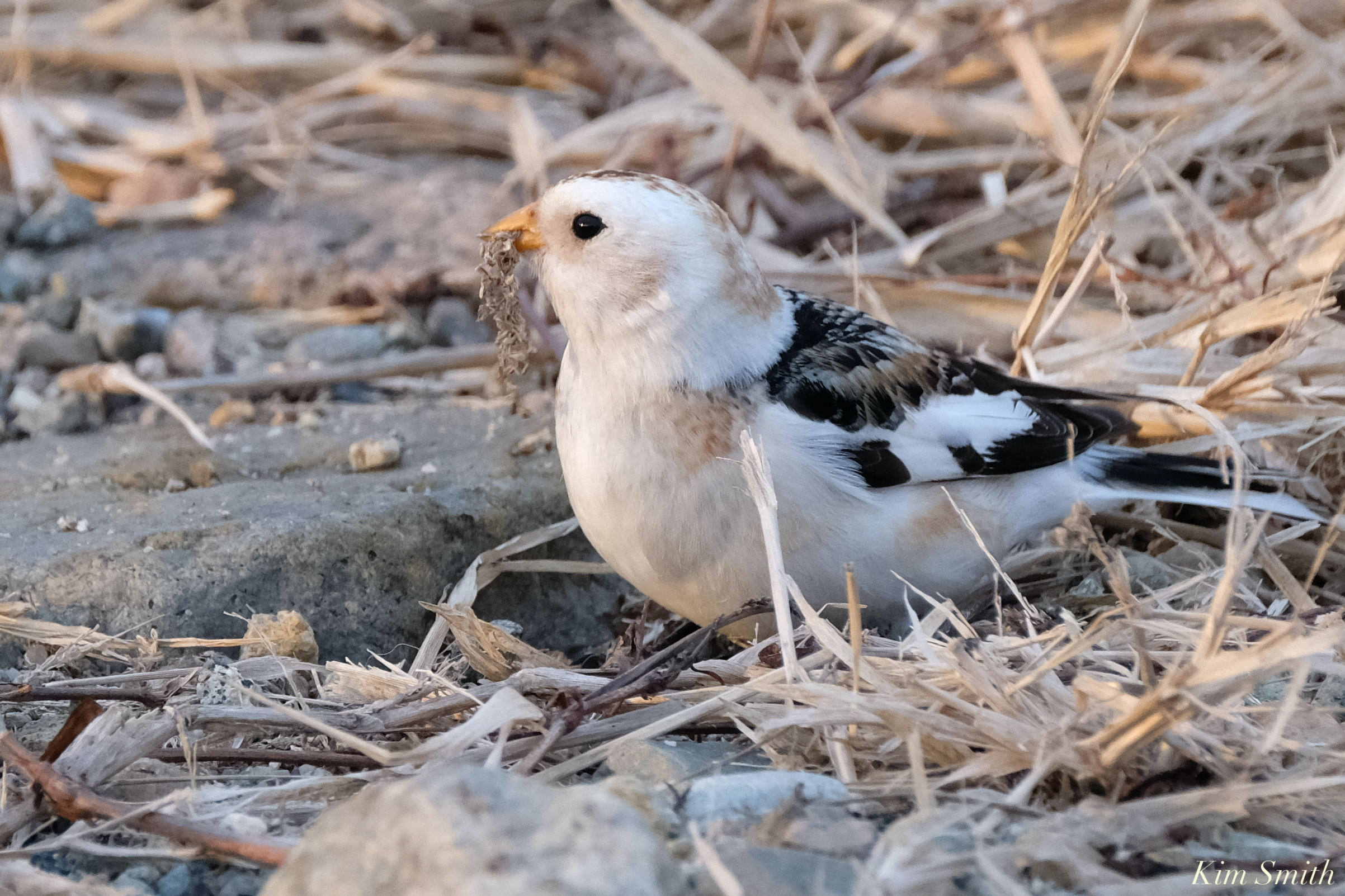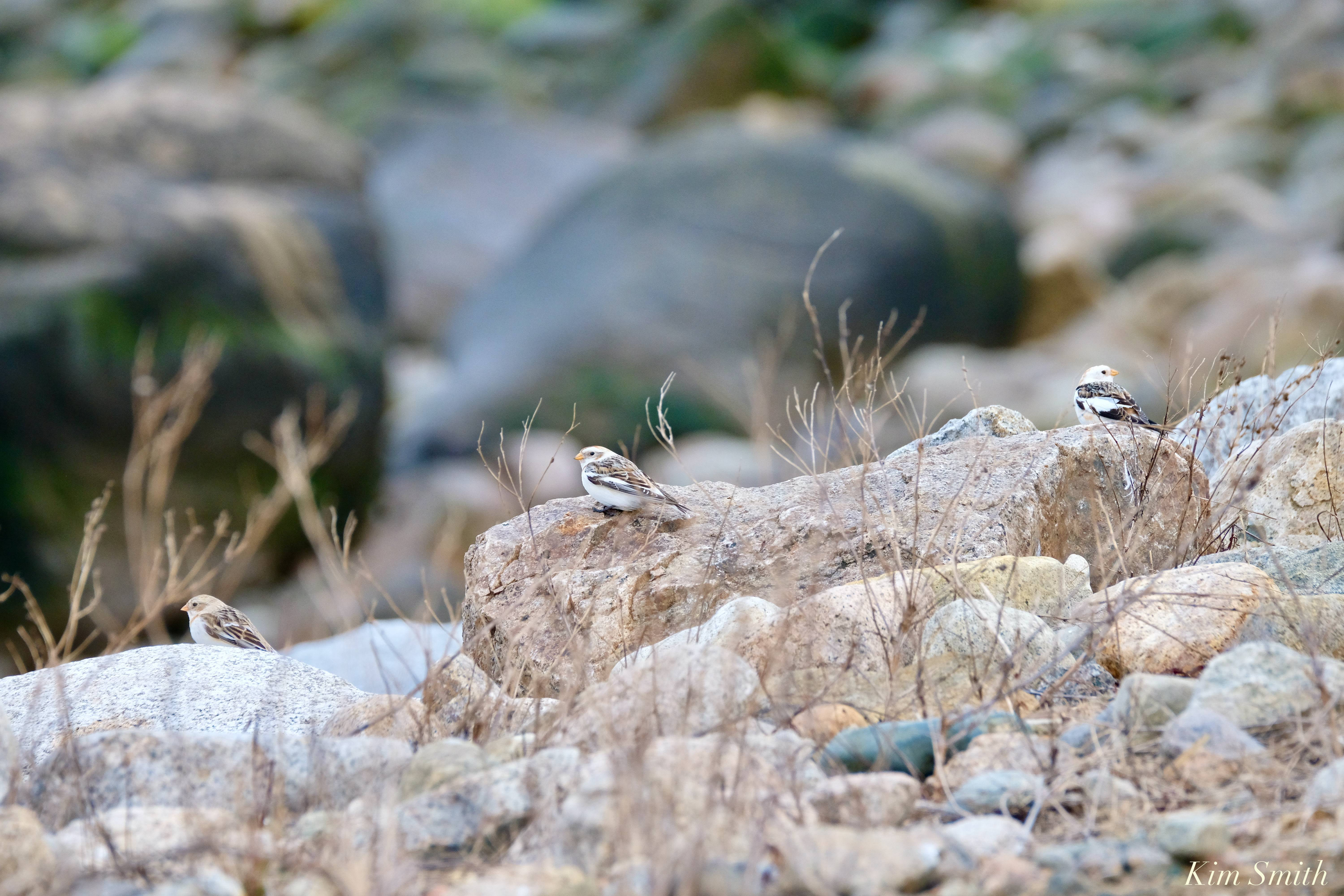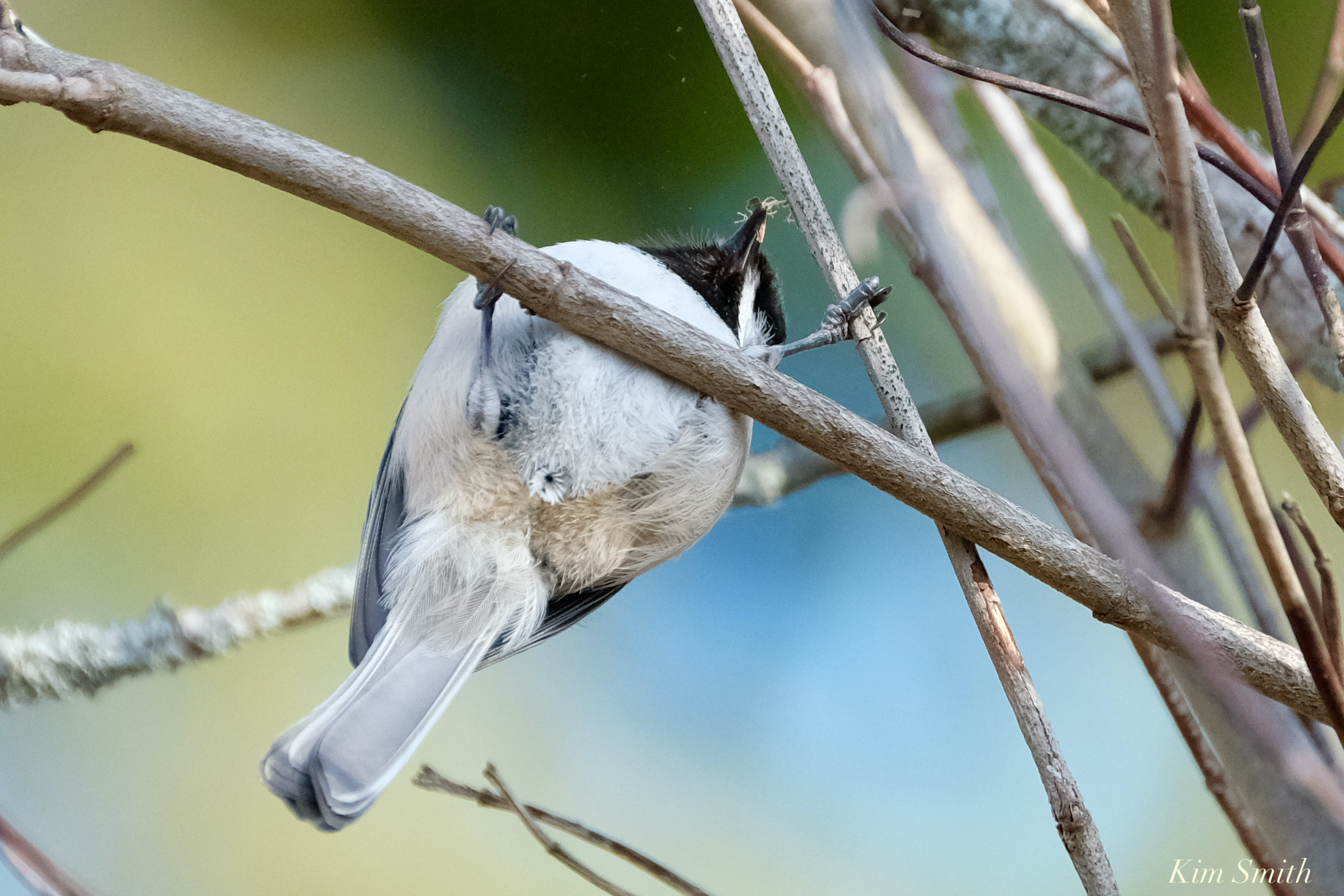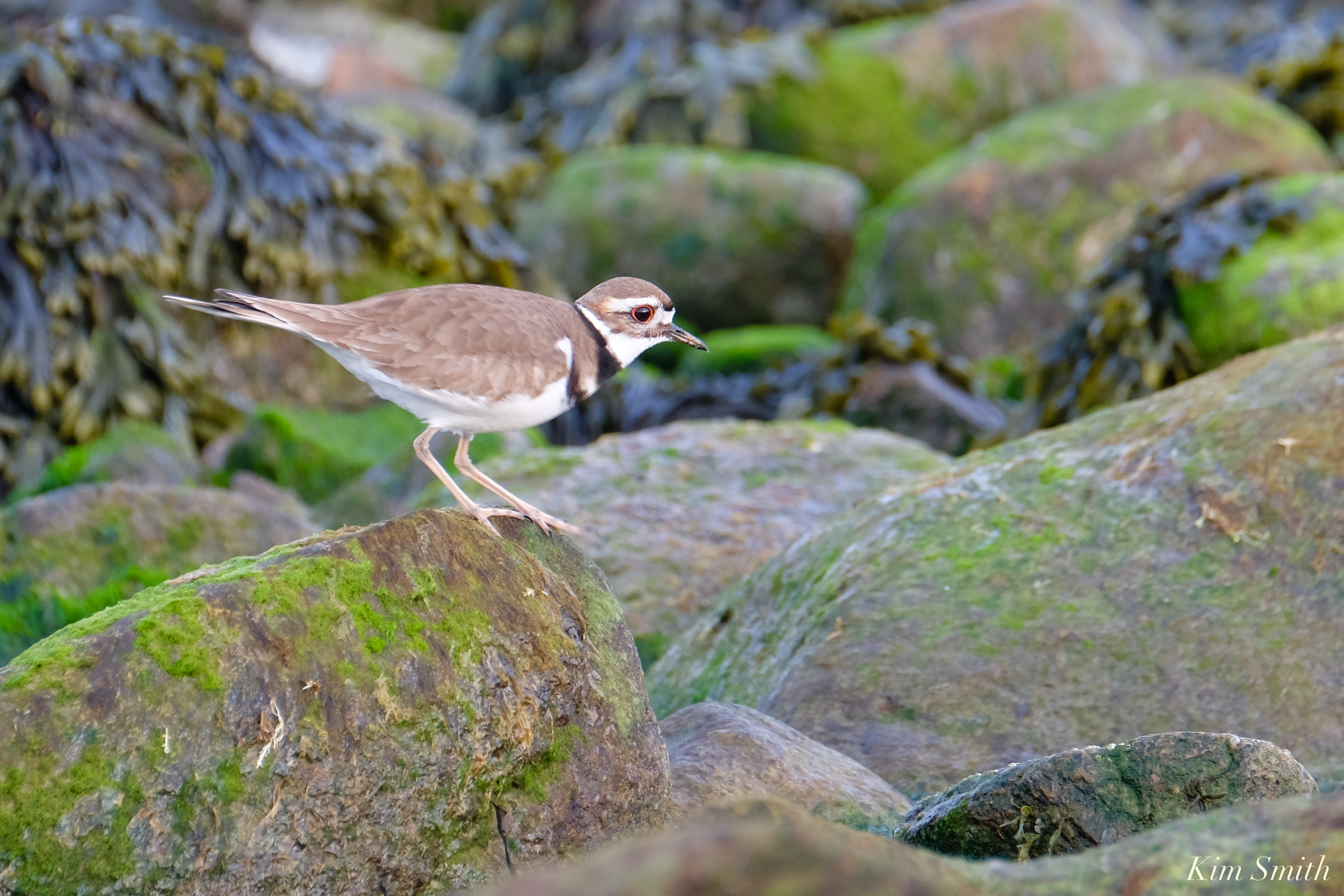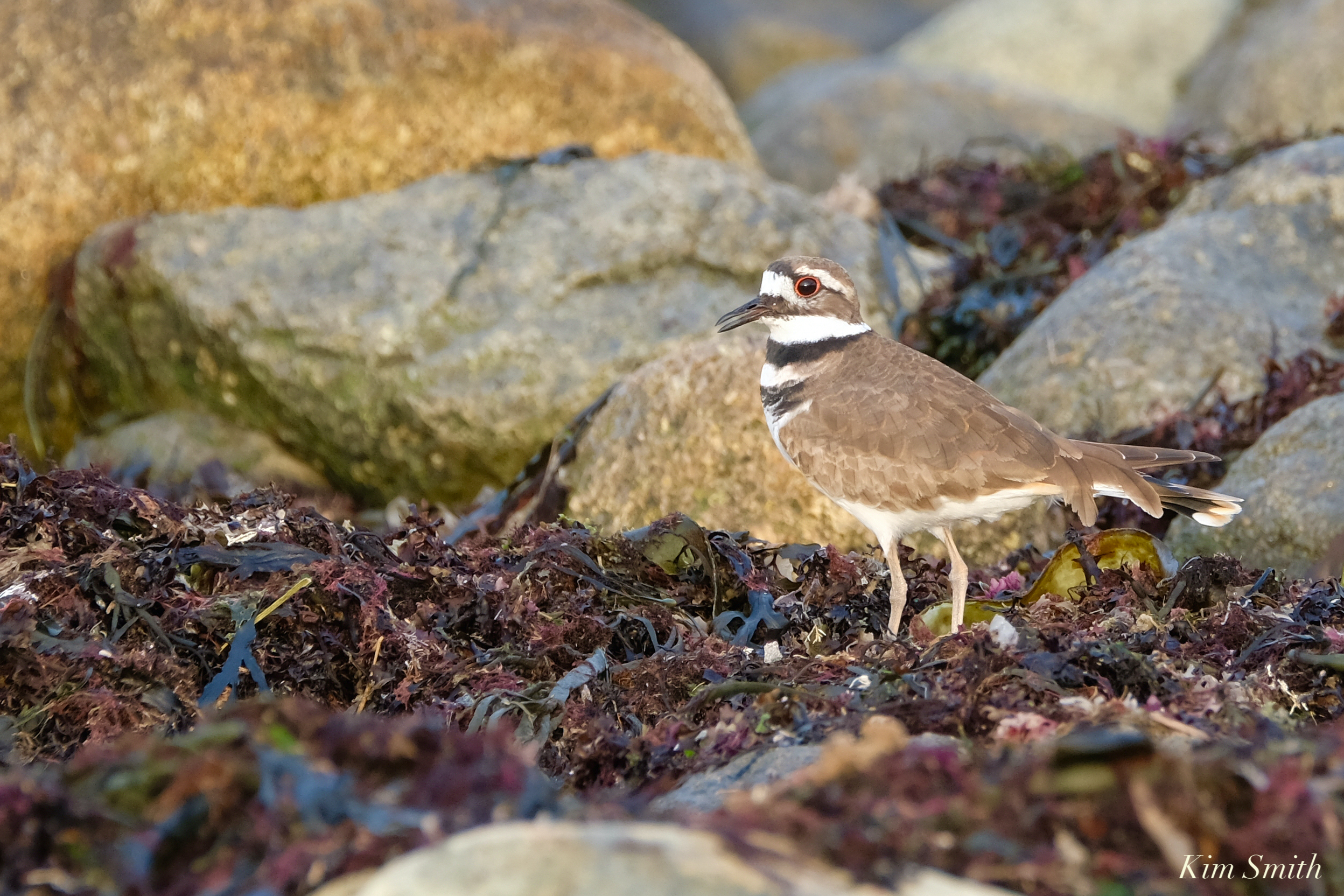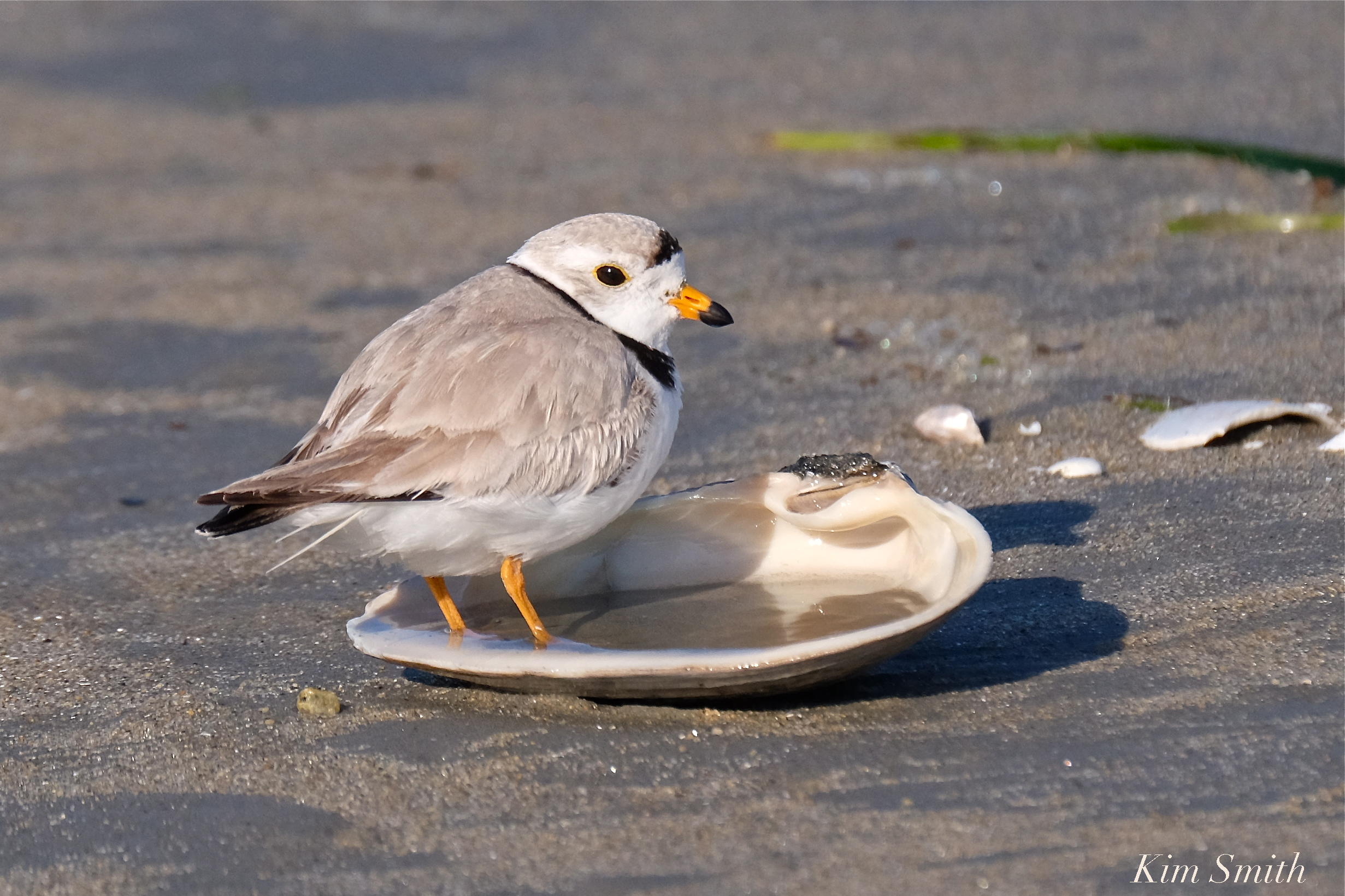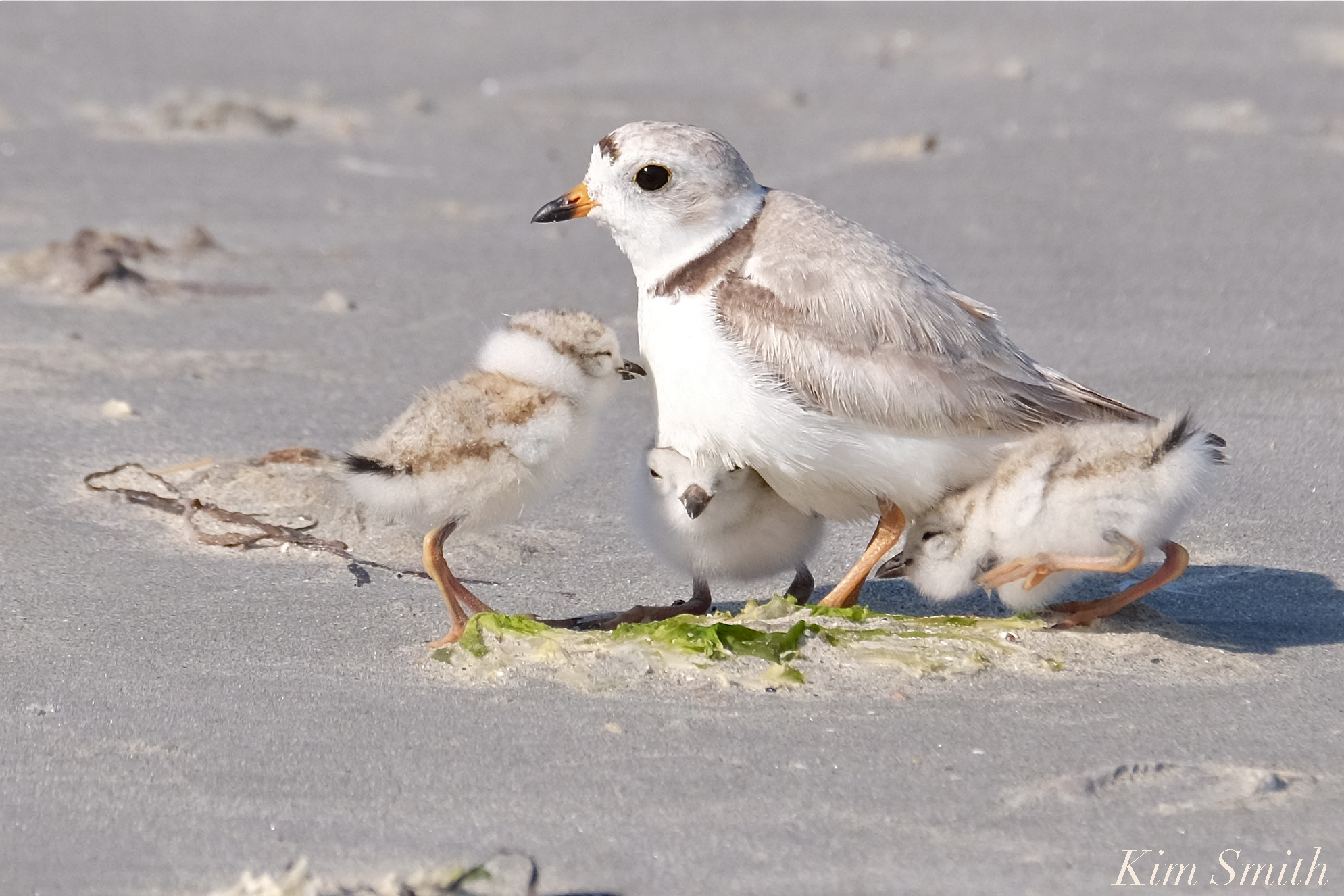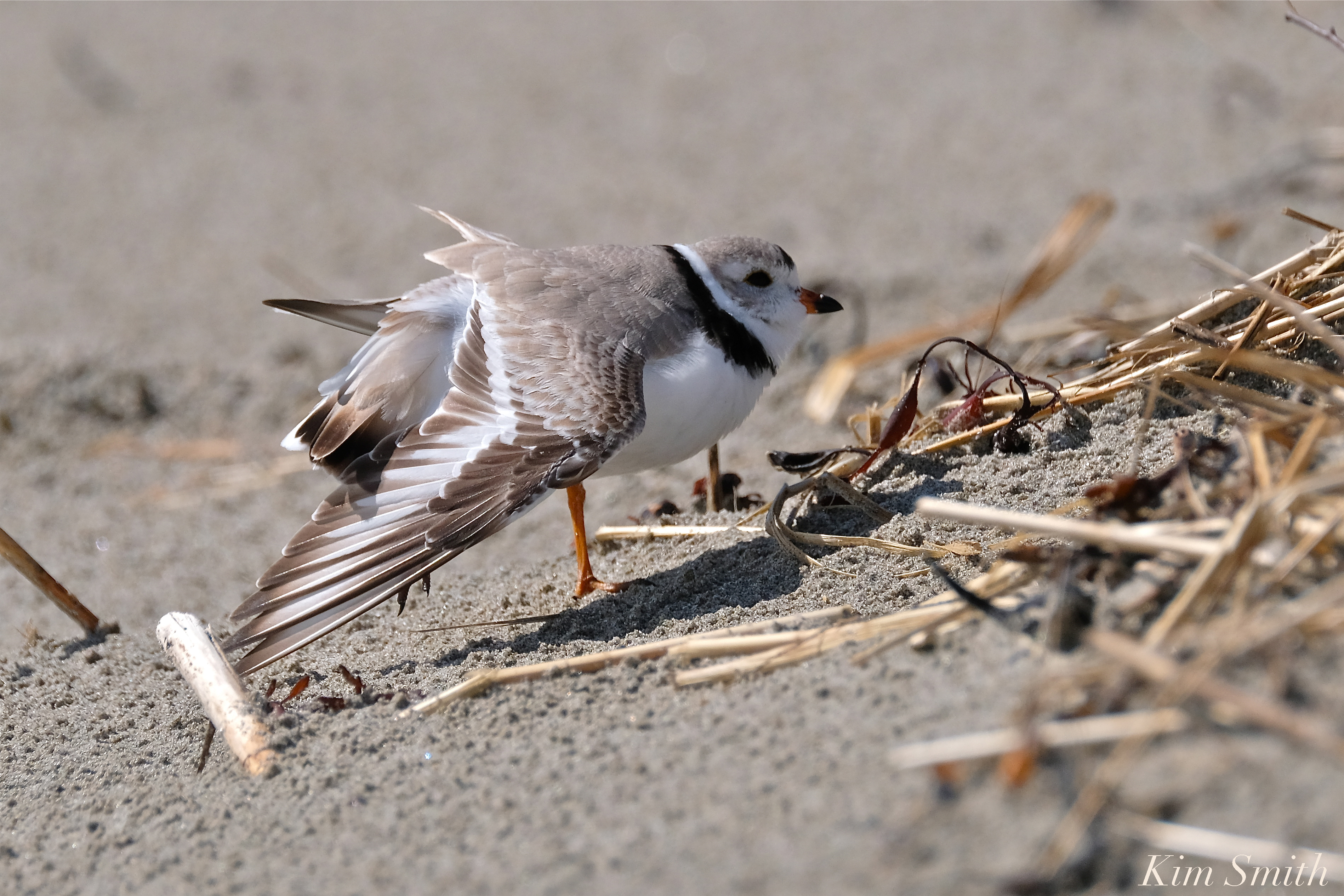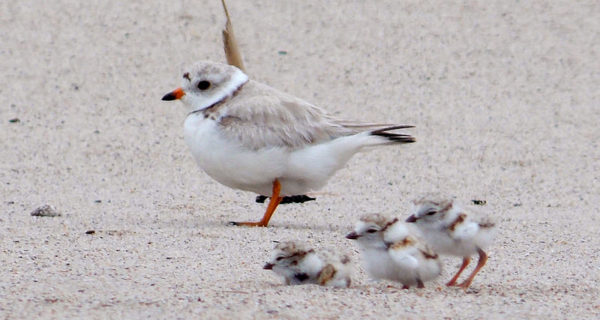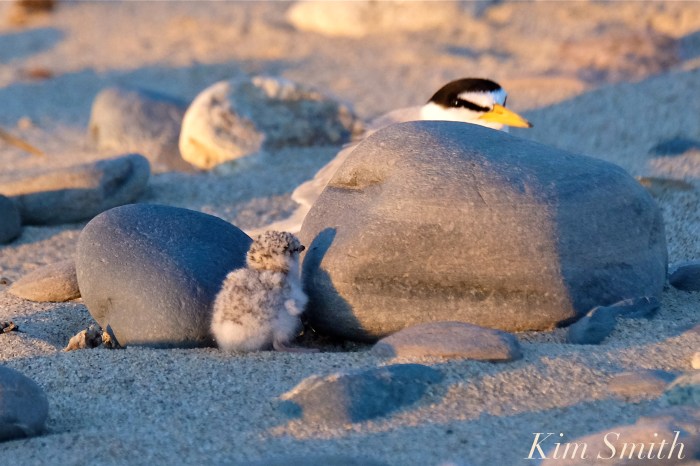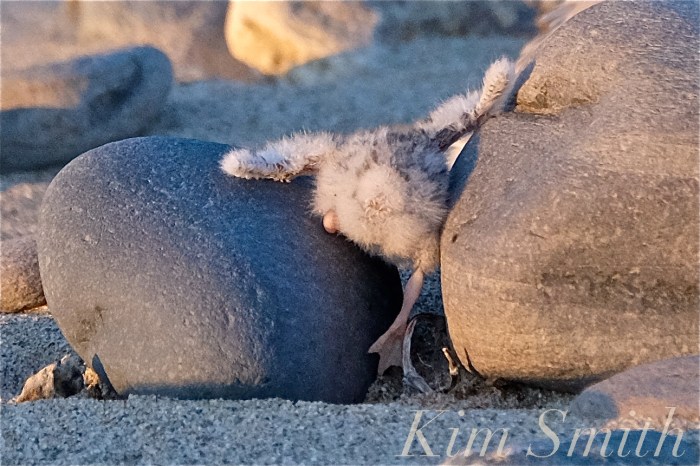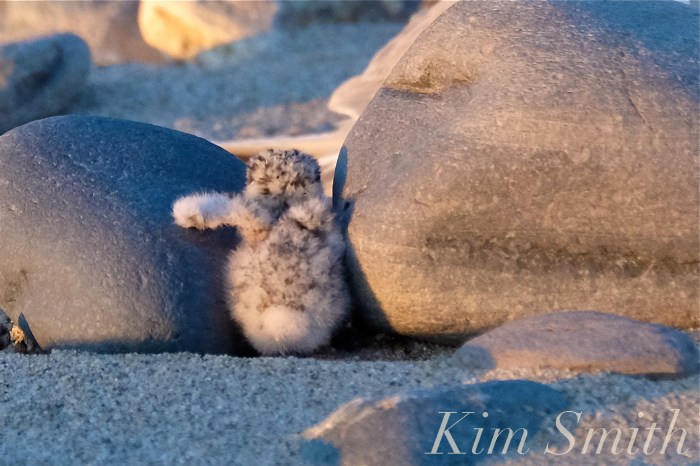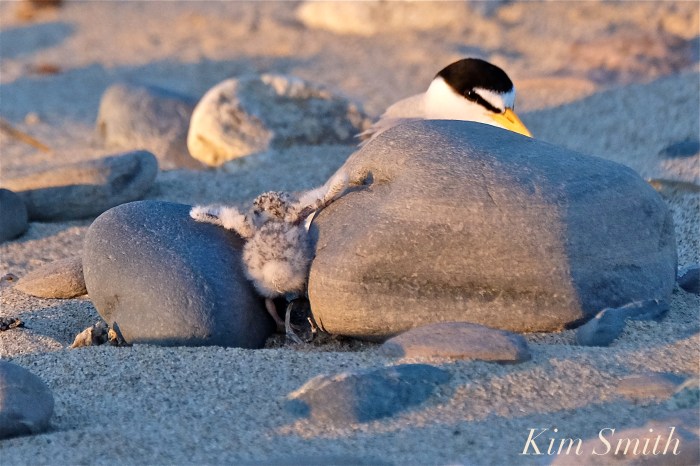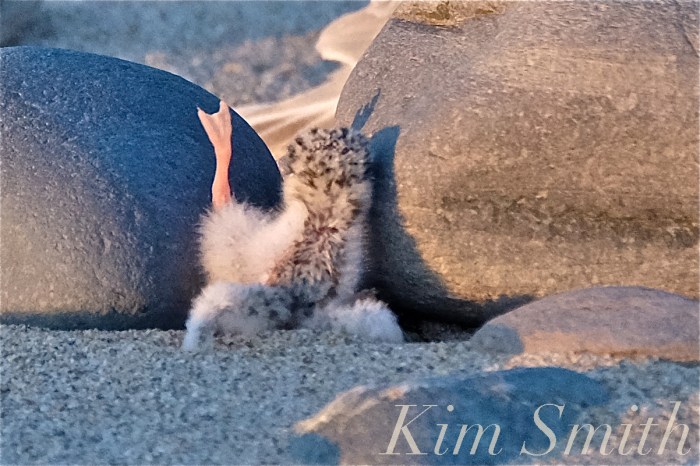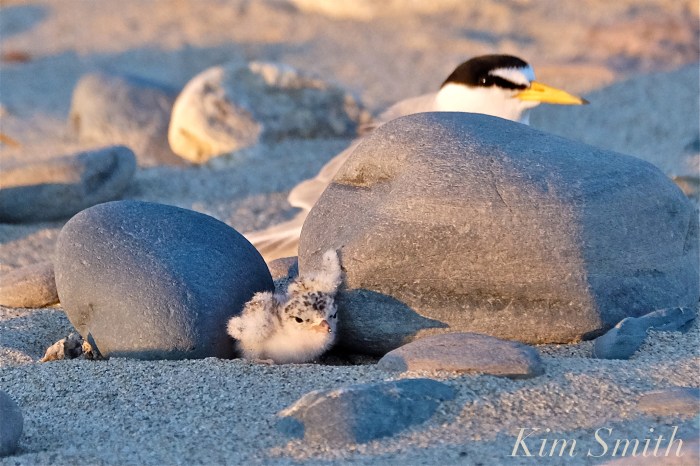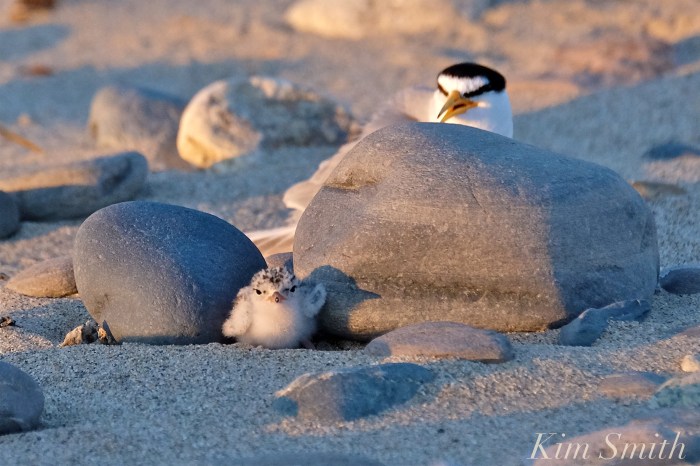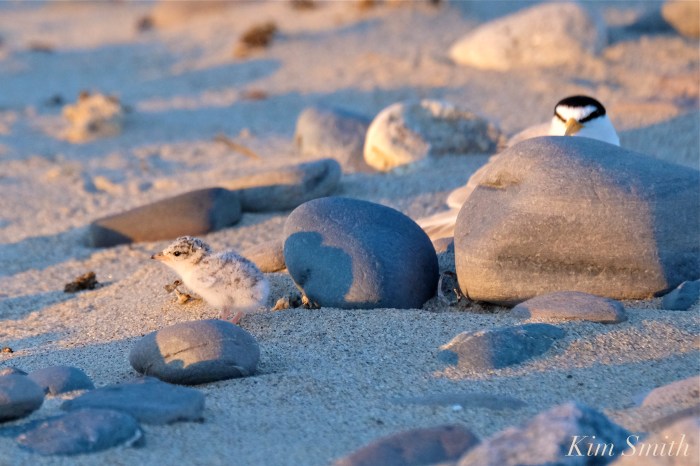 The legendary Old Man Plover
The legendary Old Man Plover
Gloucester’s Animal Advisory Committee has submitted outstandingly well-researched recommendations to the Mayor’s office and to our City Councilors in regard to the upcoming Piping Plover season. Please see recommendations at the end of the post below.
In thinking ahead to April, which is the month when Piping Plovers usually arrive to Massachusetts beaches to begin courting and nesting, I am reminded of the beautiful story of Old Man Plover. The locals in his region originally called him BO:X,g (pronounced box gee) after the combination of letters on the bands of his legs, which are used to identify and track PiPl through their migration cycle. But as he lived longer and longer, the storied PiPl became known as Old Man Plover.
Not only was Old Man Plover legendary because he returned to the same nesting site and wintering grounds for fifteen straight years, but because he was crippled. In 2013 he lost most of the toes on his left foot. A stick became lodged in one of the leg bands, which could have caused an abrasion, a lesion, or possibly constricted blood flow to his toes. After losing his toes, wherever he hobbled, Old Man Plover left a distinct peg mark in the sand.
 Old Man Plover’s stumpy leg
Old Man Plover’s stumpy leg
Old Man Plover was part of the endangered Great Lakes Piping Plover population, where numbers are even lower than the Atlantic region of PiPl. He hatched at Sleeping Bear Dunes National Lakeshore, Michigan, and wintered over at Cape Romain National Wildlife Refuge, South Carolina. Not merely did he return for fifteen summers to nest at his birthplace, he was also extremely punctual. In 2015, 2016, and 2017, he arrived on the exact same day, April 13th.
The last decade of Old Man Plover’s life was not easy. In addition to losing his toes, he lost his childhood sweetheart in 2011 and a second mate in 2013. Plants took over his original nesting spot and his beach grew narrower due to rising lake water levels.
Piping Plovers famously show fidelity to the same nesting site. We have seen that with our own Papa Plover, who has created nest scrapes in nearly exactly the same spot for the past three years. My nickname for our Papa is Big Papi because David Ortiz retired from the Red Sox the same year our Papa arrived, and because our Papa has the same fighting spirit as Big Papi.
Old Man Plover is not the oldest known PiPl on record. That title goes to an Atlantic Coast PiPl that was photographed in Cuba last year, after being tagged 17 years ago at the same location biologists had first banded the bird!
Migrating between Michigan and South Carolina over a fifteen year period, Old Man Plover traveled tens of thousands of miles in his lifetime. He was an amazing Dad. The average PiPl pair raise 1.5 chicks. Old Man Plover raised a whopping 36 chicks, averaging 3-4 chicks per clutch! Read more about Old Man Plover’s offspring here: Old Man Plover’s Legacy Lives On
 Old Man Plover’s chicks
Old Man Plover’s chicks
Animal Advisory Committee Recommendations
On September 12, 2018, the Animal Advisory Committee voted unanimously on the following proposed ordinances for protections to piping plovers and other wildlife species.
Section 4-2: Feeding or disturbing wildlife No person shall disturb, harass, harbor or feed directly or indirectly gulls, pigeons, waterfowl, coastal shorebirds, or crows on any streets, beach, or other public property or anywhere in the downtown area unless properly permitted by the appropriate state and federal wildlife authorities. Violation results in a $300 fine per incident/violation. No person shall feed either directly or indirectly any coyotes on any public or private property. Violation results in a $300 fine per incident/violation.
(New Ordinance- Endangered/Threatened Wildlife Buffer zone: ) Buffer zone of 50 feet around an area will be established around any area designated as protected for wildlife. Prohibited activities in the buffer zone include whiffle ball, frisbee, soccer, volleyball, paddle ball, kites, inflatable balls and any other activities that involve objects that can fly or roll into the restricted area. Violation results in a $300 fine per incident/violation.
Sec. 9-8. – Littering prohibited. (update to a): No person shall throw, drop, release or otherwise dispose of directly or indirectly into any harbor, river, or pond or on to any beach, or any public property garbage, refuse, rubbish, bottles, cans, containers, paper, cigarette butts, balloons, wrapping material, glass, filth or any noxious or dangerous liquid or solid. Violation results in a $300 fine per incident/violation.
Sec. 4-16a. – Dogs allowed on public beaches at certain times. Adhere to ordinances for specific beaches below.
Good Harbor and Wingaersheek Beaches: Dogs shall be prohibited from Good Harbor Beach and Wingaersheek Beach from April 1st -Sept 30th annually. In addition, unleashed dogs shall be allowed on Good Harbor Beach and Wingaersheek Beach, from: October 1st to March 30th annually, subject to the following conditions: Off leash on even-numbered days of the month at Good Harbor Beach and odd numbered days of the month at Wingaersheek Beach.
Plum Cove and Cressy Beaches: Unleashed dogs shall be allowed on Plum Cove Beach and Cressy Beach in the off season from October 1st to April 30th annually. Crab Beach: Dogs shall be allowed on “Crab Beach” off leash at all times subject to the enumerated conditions contained in section 4-16a.
All other public beaches: Dogs shall be prohibited from public beaches from May 1 to September 30 annually. Dogs shall be allowed on public beaches from October 1 to April 30 annually and shall be under the control of the owner or keeper.
(1) Owners must remain with and monitor their dogs. Owners, per the below conditions, define person with direct care, custody, and control of a dog while in a designated off-leash area.
(2) Dogs must be licensed and vaccinated as required by applicable law and ordinance.
(3) Dogs must wear their tags and have no contagious conditions, diseases or parasites.
(4) Dogs must be leashed when entering and exiting a designated off-leash area.
(5) Dogs and humans are not allowed in the dunes.
(6) Dogs with a history of dangerous or aggressive behavior as determined by the animal control officer are prohibited.
(7) Dogs younger than four months are not allowed.
(8) Unaltered male dogs or female dogs in heat are not allowed.
(9) Owners must immediately remove dogs who are exhibiting aggressive behavior.
(10) Owners must carry a leash; one leash per dog is required.
(11) Maximum of two unleashed dogs per owner.
12) Owners must fill in any holes dug by their dog(s).
(13) Any violations of conditions (1)—(12) above shall be subject to a fine of $50.00 for each offense.
(14) Unless renewed or made permanent by the city council and signed by the mayor, the provisions of this section shall expire on December 31, 2017.
Fine of $300 per violation. Fines for violations will be double in season for beaches and other off-leash areas as determined.
Beach Ordinances: Beach, litter, dog violation fines should be increased to $300 from $25 per the proposed ordinances and approved ordinance language should be carried over to the beach ordinances. Sec. 9-8 Litter, Sec. 4-2 Feeding and Disturbing wildlife, Buffer Zone (new sec), Sec. 4-16a. – Dogs allowed on public beaches at certain times.
Spread The GMG Love By Sharing With These Buttons:




 Piping Plover Nest Scrape Good Harbor Beach 2020
Piping Plover Nest Scrape Good Harbor Beach 2020
 It’s been an off year for Snowy Owls in the Northeast and mid-Atlantic with relatively many fewer owls than that wonderful irruptive winter of 2017-2018 when Hedwig was living on the back shore. 2019 was a poor summer for nesting however, reports of high numbers of Lemmings at their eastern breeding grounds are coming in, which could mean a good nesting season for Snowies in 2020, which could lead to many more Snowies migrating south in the winter of 2020-2021.
It’s been an off year for Snowy Owls in the Northeast and mid-Atlantic with relatively many fewer owls than that wonderful irruptive winter of 2017-2018 when Hedwig was living on the back shore. 2019 was a poor summer for nesting however, reports of high numbers of Lemmings at their eastern breeding grounds are coming in, which could mean a good nesting season for Snowies in 2020, which could lead to many more Snowies migrating south in the winter of 2020-2021.
